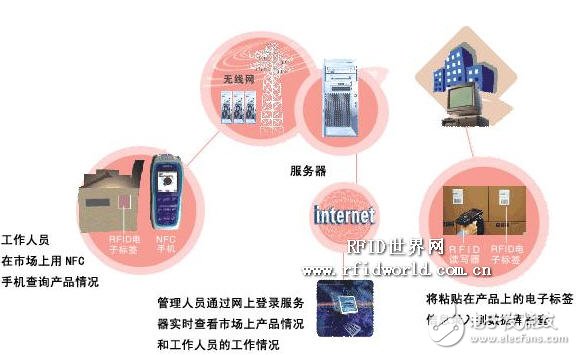**I. Project Background**
With the rapid development of economic globalization and the rise of the digital economy, the logistics industry has experienced significant growth and transformation. As global integration continues to deepen, the relationships between procurement, warehousing, sales, and distribution have become more complex. Companies are no longer competing solely on product quality or performance; they are also competing on their logistics capabilities. To stay competitive, businesses are increasingly adopting information technology to streamline operations, reduce waste, save time and costs, and achieve seamless integration across the supply chain. By implementing information management systems, companies can enhance data sharing, improve cargo and capital turnover rates, and boost overall efficiency. This ensures that logistics processes align with the needs of modern enterprises, enabling real-time tracking, better decision-making, and improved customer satisfaction.
**II. System Overview**
Shenzhen Guanyicheng Technology Co., Ltd. has developed a "Warehouse Logistics Management System" that leverages RFID (Radio-Frequency Identification) technology to track, manage, and monitor cargo information. The system integrates advanced RFID identification with computer-based database management, allowing for automated data collection and processing. This not only reduces the need for manual labor but also enhances accuracy and efficiency in logistics operations. Key features of the system include:
- **Inventory Management**: RFID technology improves visibility throughout the supply chain, reducing inventory holding and handling costs. It also enables more accurate demand forecasting, making inventory control more efficient.
- **Anti-Theft Control**: RFID tags installed at all points of entry and exit help prevent theft, minimizing losses and ensuring accurate inventory levels.
- **Equipment Utilization**: RFID tags can be used to track equipment usage, helping to optimize resource allocation and increase utilization rates.
- **Manual Operation Tracking**: The system tracks employee activities such as movement, picking times, and delays, providing valuable insights to improve productivity.
- **Real-Time Cargo Information**: At the receiving end, RFID readers serve as proof of delivery, reducing customer complaints and improving cash flow for transport operators.
- **Cargo Traceability**: Integrated with WMS (Warehouse Management System), it allows customers to access real-time updates, enhancing transparency and satisfaction.
**III. System Workflow**
1. **Installation of Products**
- **Cargo Labels**: It is recommended to place RFID labels on the side of packaging boxes for optimal readability by readers.
- **Fixed Readers/Writer**: Installed at entrances, exits, and inspection channels. Long-range readers are placed on both sides of the entry point, facing inward to ensure high recognition accuracy. Ceiling-mounted readers are used in inspection areas to save space and reduce tampering.
- **Handheld Reader**: Portable devices are carried by staff for on-the-spot inventory checks and data verification.
2. **Distribution of Goods Labels**
- Collect basic product information and input it into the warehouse logistics system.
- Use the system’s search function to transfer label data and write it onto electronic tags via a card issuer. These tags are also equipped with anti-counterfeit features.
3. **Identification of Goods Labels**
- **Fixed Identification**: When goods pass through entry/exit points, the system automatically checks their information. If discrepancies are found, staff can take immediate action.
- **Mobile Identification**: Staff use handheld devices to scan and verify inventory data directly, which is then sent to the server for real-time validation.
4. **Handling Violations**
If items are lost due to human error or policy violations, the system can trace the issue using recorded data. The relevant personnel can confirm the records, promoting a paperless and efficient management process.
The system's architecture is illustrated in the following diagram:

fire alarm bell ,fire Alarm bell for school ,Alarm bell,Alarm bell for Shopping market
Gaoyou Huasheng Electronics Co., Ltd. , https://www.yzelechs.com